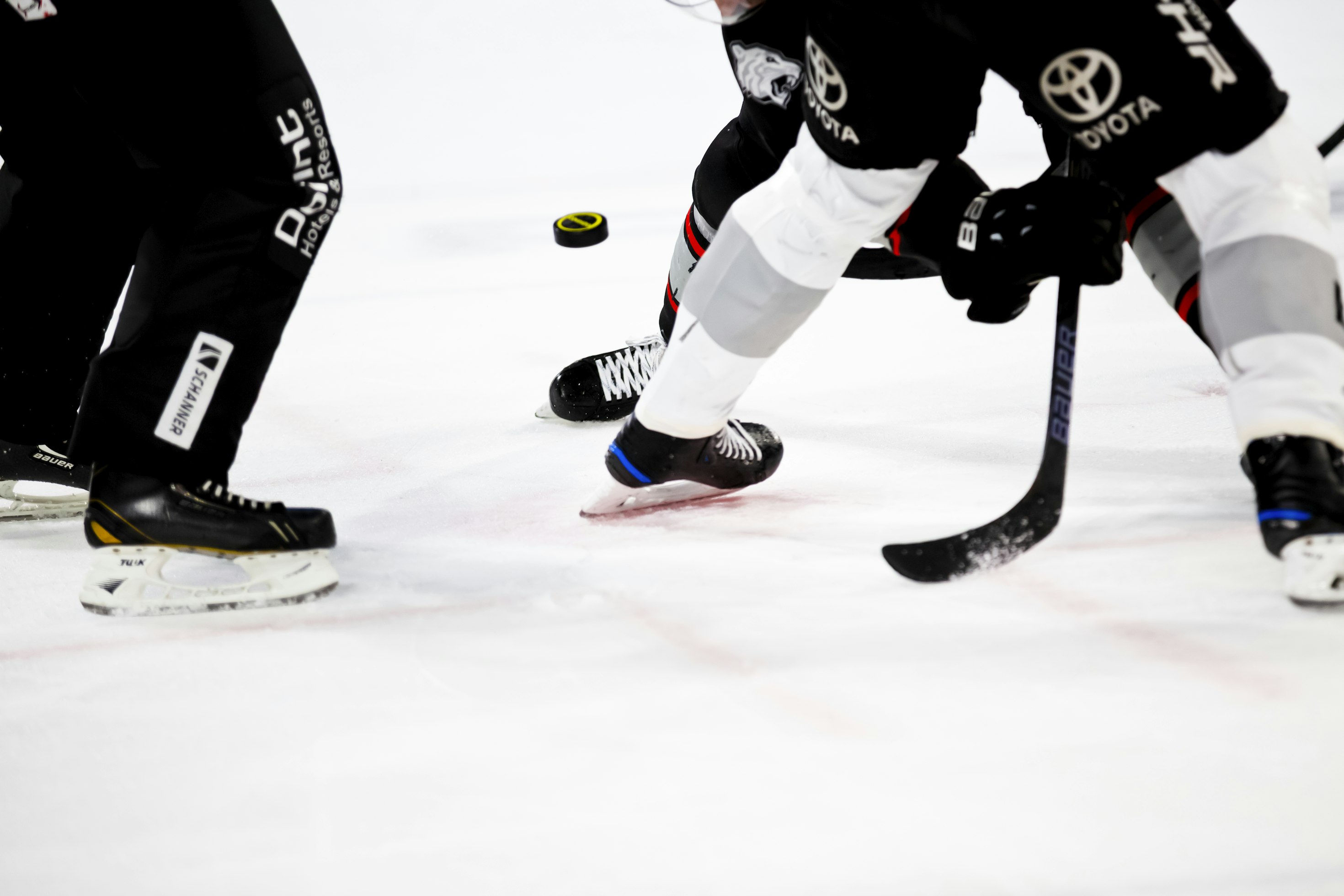Bluffing on Ice: The Surprising Similarities Between Hockey and Poker

Hockey, with its high-speed chases and physical agility on ice, contrasts sharply with poker’s quiet, strategic battles around the card table. While hockey players don skates and gear to score goals, poker players sit poised, calculating odds and reading subtle cues. Yet, beneath these surface differences lies a shared core of strategy, psychology, and skill.
Both games require not just physical or mental prowess but also a deep understanding of opponents and the ability to make split-second decisions. In this article, we look at these unexpected similarities, offering insights into how strategy and psychology intertwine in both hockey and poker.
The Psychological Game
In hockey, the psychological game is as crucial as the physical one. Players often employ intimidation tactics, not just through physical presence but also through strategic plays that unsettle opponents. Reading the game is critical to success – anticipating an opponent’s next move can be the difference between a goal scored and a goal saved. Moreover, maintaining composure under the intense pressure of a ticking clock and high expectations is a skill honed through experience and mental fortitude.
In the world of poker, psychological warfare takes a different form. Bluffing becomes an art – the ability to convince opponents of a reality that doesn’t exist. Poker faces are essential; revealing emotions or strategies can lead to a quick downfall. The game is as much about playing the cards as it is about playing the people across the table.
The common ground between hockey and poker lies in this mental battleground. Both require not just physical skill or knowledge of the game but also a strong mental game. The ability to read opponents, whether on ice or around a poker table, and the capacity to remain unfazed in high-pressure situations are paramount in both arenas. This psychological interplay adds a layer of complexity and excitement to both hockey and poker, drawing players and spectators alike into the nuanced world of competitive strategy.
Strategy and Decision Making
Strategy permeates every aspect of the hockey game. Playmaking is an art that requires players to think several moves ahead, much like a chess player. They must constantly adapt to their opponents’ evolution, requiring not only physical agility but also strategic flexibility. The coach plays a big role in analyzing the game’s flow and making crucial decisions about line changes and play styles, often in real time.
Similarly, poker is a game of strategic depth. Hand selection is critical – knowing when to play and when to fold. Table position influences the style of play, dictating whether a player should be aggressive or conservative; this is a key element in adapting to the playing styles of opponents, which can change from hand to hand. Players must have an understanding not just of the game’s mechanics but also of the psychology of the other players.
The common theme in both hockey and poker is the need for quick, strategic decision-making and the ability to adapt to rapidly changing situations. Success in both arenas depends on the ability to think ahead, anticipate opponents’ moves, and adjust strategies on the fly. This dynamic interplay of strategy and adaptability is what makes both hockey and poker complex and engaging games.
The Role of Deception
Deception is used as a tactical tool in hockey, with players executing fake shots to mislead goalies, using deceptive passing to confuse the opposition, and employing body language to disguise their true intentions. These feints and ruses are integral to outsmarting the other team on the ice. It’s also a big reason why fans love the game and why the NHL expansion plan will likely be a success.
Similarly, in poker, deception is central to the game’s strategy. Bluffs and misleading bets are employed to throw off opponents, creating an illusion of strength or weakness. The art of deception in poker involves carefully curated actions to mislead others about one’s hand. In both hockey and poker, this level of deception is not just a trick; it’s a fundamental part of the strategy, essential for gaining the upper hand and outwitting opponents.





